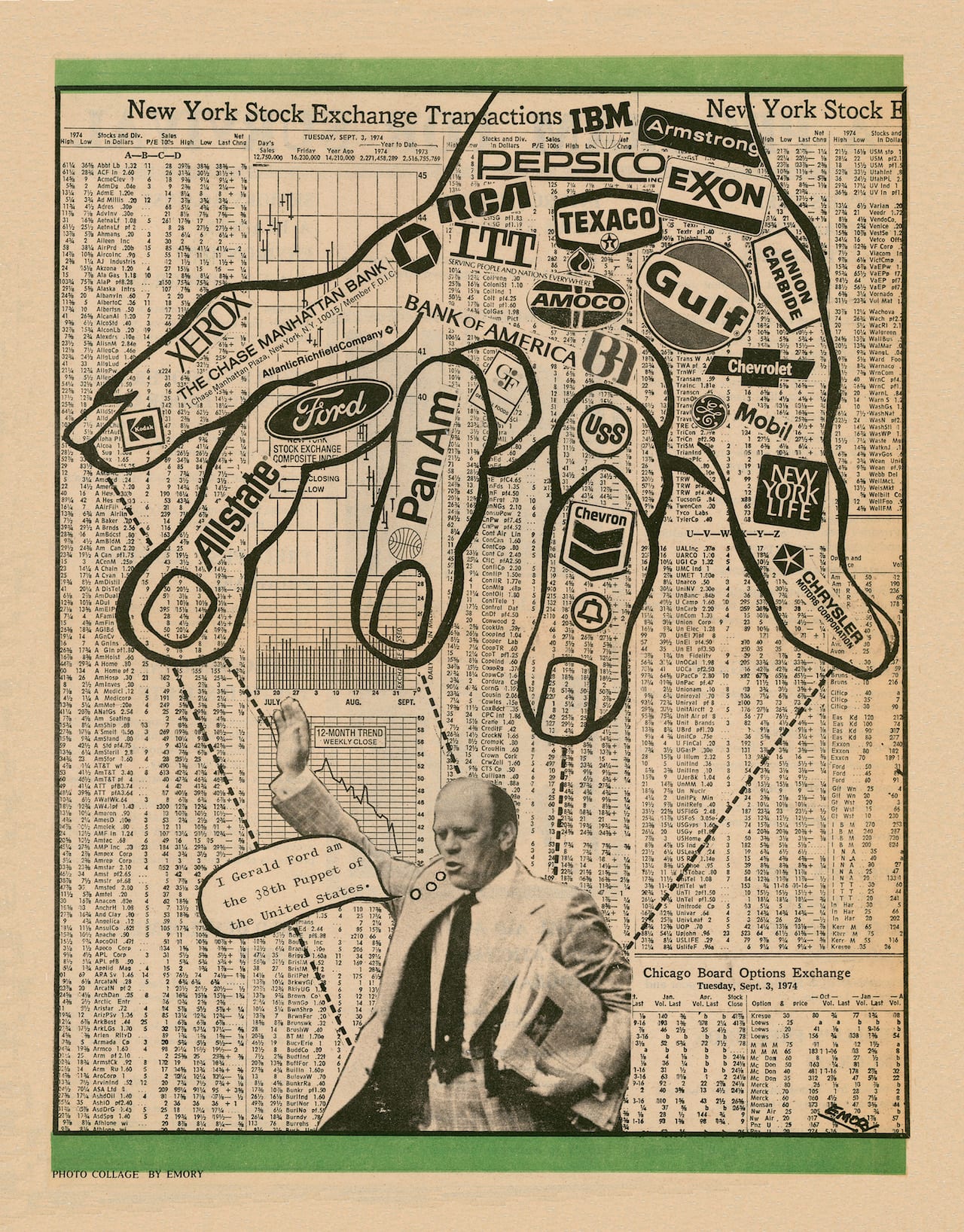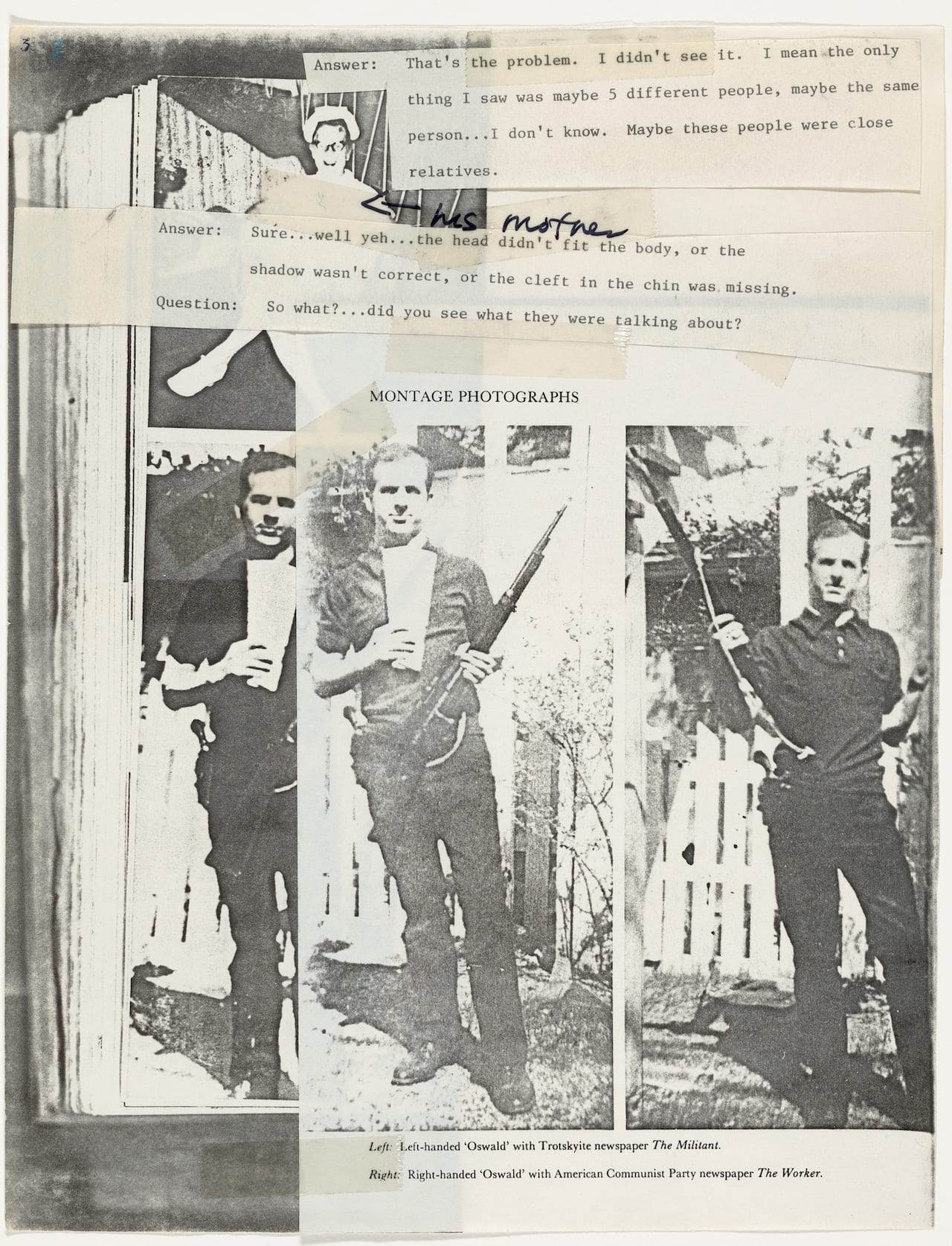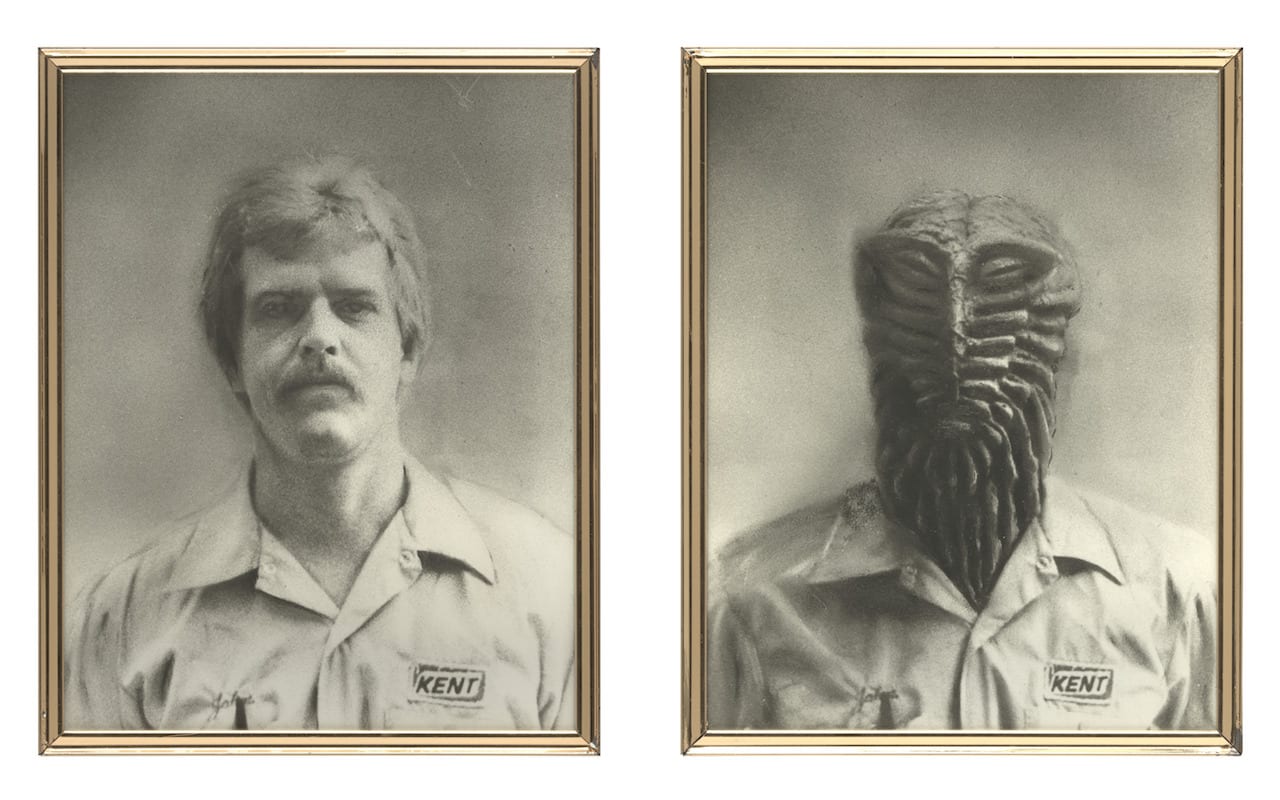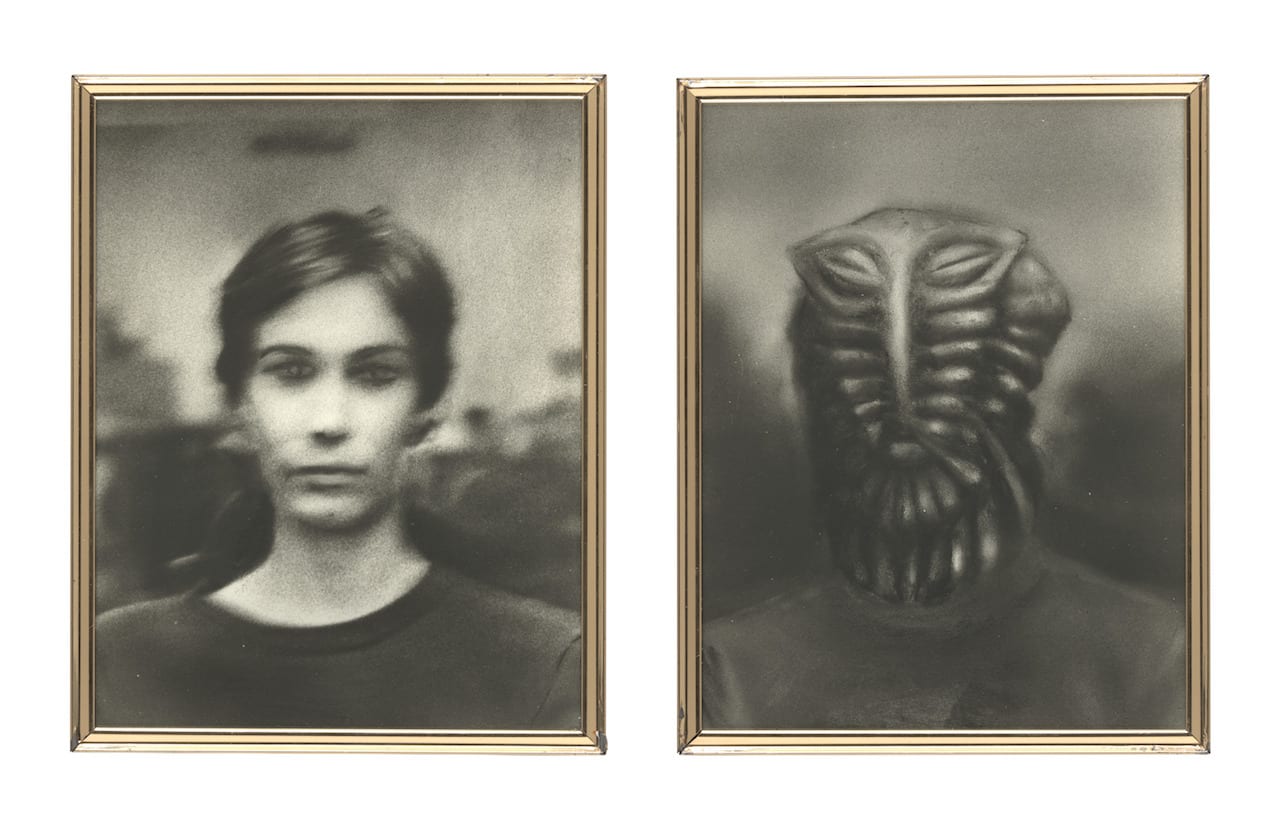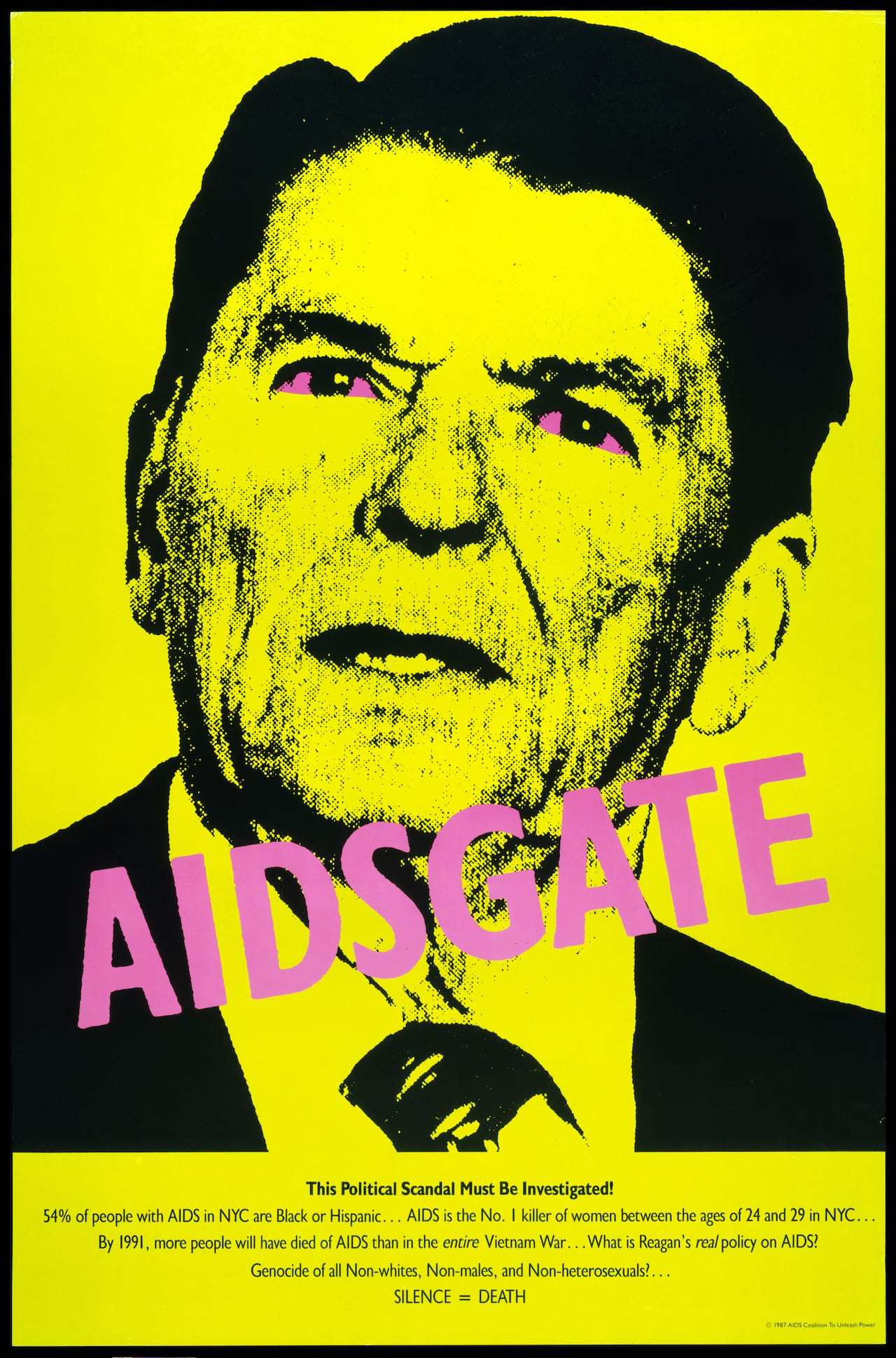Think about conspiracy theories and the initial topics that come to mind often occupy a realm that’s beyond an everyday belief system – stories such as the Loch Ness Monster, Bigfoot or similar tales that are better contextualised as ‘urban legends’. While those stories might not have much truth to offer, there are many other theories within the category that, although fantastical, contain far more fact than fiction. These include the secretive workings of those in power which lead to a mutual feeling of suspicion between the authorities, government and citizens.
What is arguably more interesting than the concepts themselves, however, is the way that some individuals compile their own investigative research on suspicious topics, creating accessible and expressive visuals soaked in data, philosophy, and their take on the truth. From 18 September to 06 January, The Met Breuer in New York will exhibit the expansive show Everything Is Connected: Art and Conspiracy, featuring 70 works by 30 artists who represent an alternative to postwar and contemporary art from 1969 to 2016. The media presented in the exhibition includes painting, sculpture, video, installation art and, of course, photography.
“We wanted the show to start in the 1960s following the assassination of JFK, so some projects directly deal with this topic in particular, and the others branch out from there,” explains the Met’s curator in modern and contemporary art, Ian Alteveer. “The Kennedy assassination is the jumping-off point for everything that comes into play throughout the rest of the exhibition. We set the stage with the tension between government investigations into the murder and the public distrust of what the government claims to have uncovered.”
This distrust is the foundational thread of the show, which includes works by artists such as Mark Lombardi, Jenny Holzer and Hans Haacke. Image-based artist Trevor Paglen’s work will also be on view, as well as pieces by Emory Douglas, the former minister of culture in the Black Panther Party, who also designed the organisation’s newspaper.
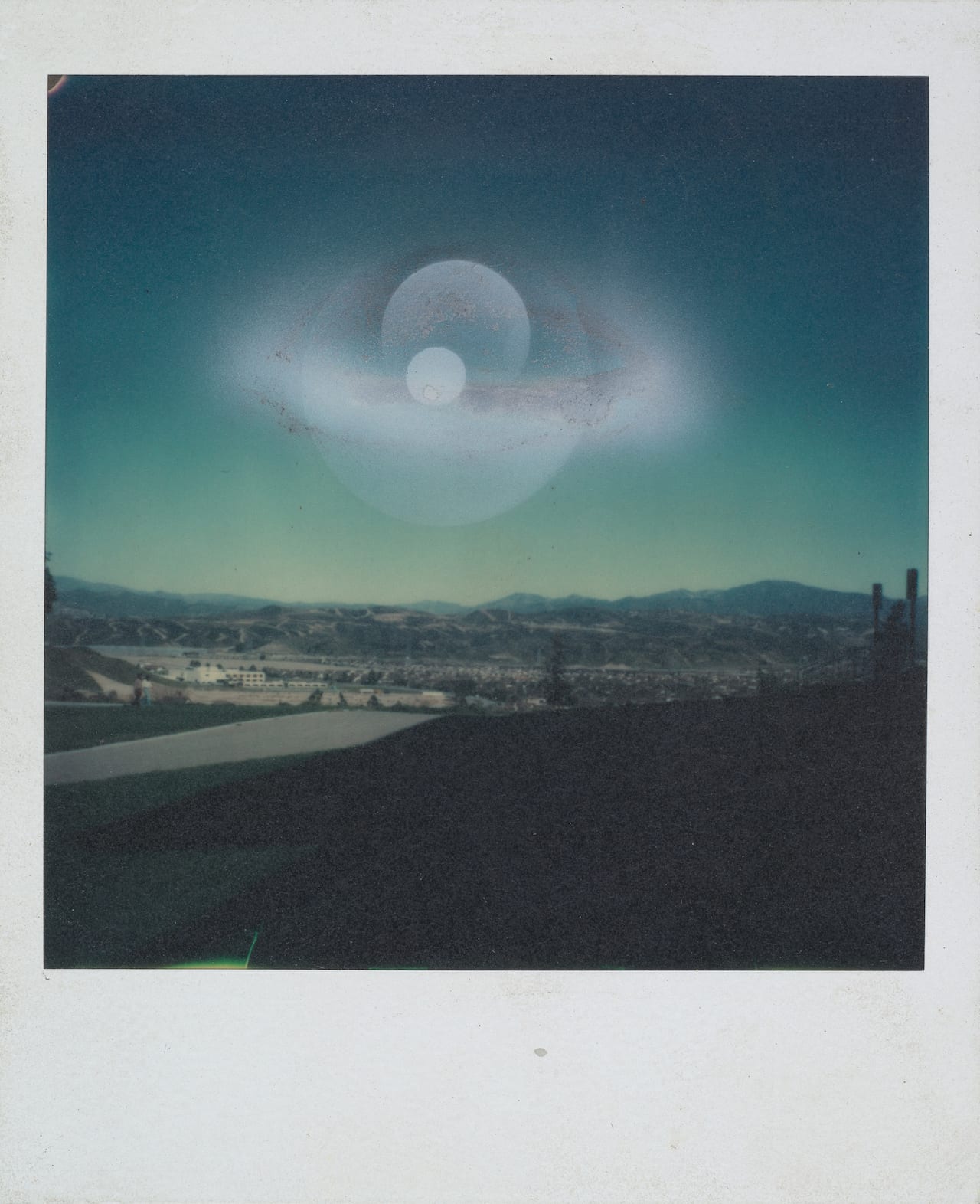
As Alteveer reels off the names of one incredible artist after another – including Sue Williams, Mike Kelley, Jim Shaw and Tony Oursler – it’s clear that the show is, in fact, a remarkable network of investigators who have made it their life’s work to uncover the expansive web of money, power and deception that not only exists in the US, but all over the world. And while the range of topics are diverse, the uniting factor between all these artists is clear: they are addressing issues that seem speculative, despite their truth, and implementing their craft to make them into something tangible.
As a medium historically delegated as a legitimate visual record of evidence or truth, photography plays a particularly interesting part in conspiracy theories. We are constantly directed to photos as objects of proof, whether it’s a blurred glimpse of a UFO or a group shot of dodgy politicians with members of confidential government projects. But what Everything Is Connected aims to highlight is that many artists use photography to talk about conspiracy in different ways, often as a critical demonstration of our reliance on the medium as some sort of ultimate truth.
“Take Sarah Charlesworth, for example,” explains Alteveer. “She takes images of every newspaper printed on a particular day in 1978 depicting Italian prime minister Aldo Moro’s face, removing all text from her reproductions, leaving just the images. This allows you to see the scale of the image on each different front page, confronting the way that the image is working towards telling a narrative about power and the continuity of world powers, even in moments of crisis.”
Conversely, artists such as Rachel Harrison use the medium to address the fallibility of the photographic process. For Harrison’s installation in the show, titled Snake in the Grass, the artist combines snapshots taken at Dealey Plaza – the location of Kennedy’s assassination – with her own photographs of grass, printed six different times and with the grass appearing to be a different shade of green in each. “It makes you ask: ‘What colour is grass really?’ I think that’s a particularly clever use of photography,” says Alteveer.
It’s important to note that the work in the show doesn’t extend to 2018, its cut-off point set to 2016, when America’s current president was elected. “We deliberately decided not to tackle anything after 2016. I think we realised that when we look at Nixon and Watergate, and the government investigations that came out of that some 40-plus years ago, they are actually deeply connected to what’s happening now. There are so many complex threads, and once you begin to pull one, all sorts of other things come out,” reflects Alteveer.
“I really see this project as the first of many on these kinds of phenomena. I think that once you begin to dig a little deeper – and you don’t have to go far – you begin to see that everything is indeed connected.”
Everything is Connected is on show at The Met Breuer in New York from 18 September to 06 January metmuseum.org This article is taken from the October issue of BJP www.thebjpshop.com
